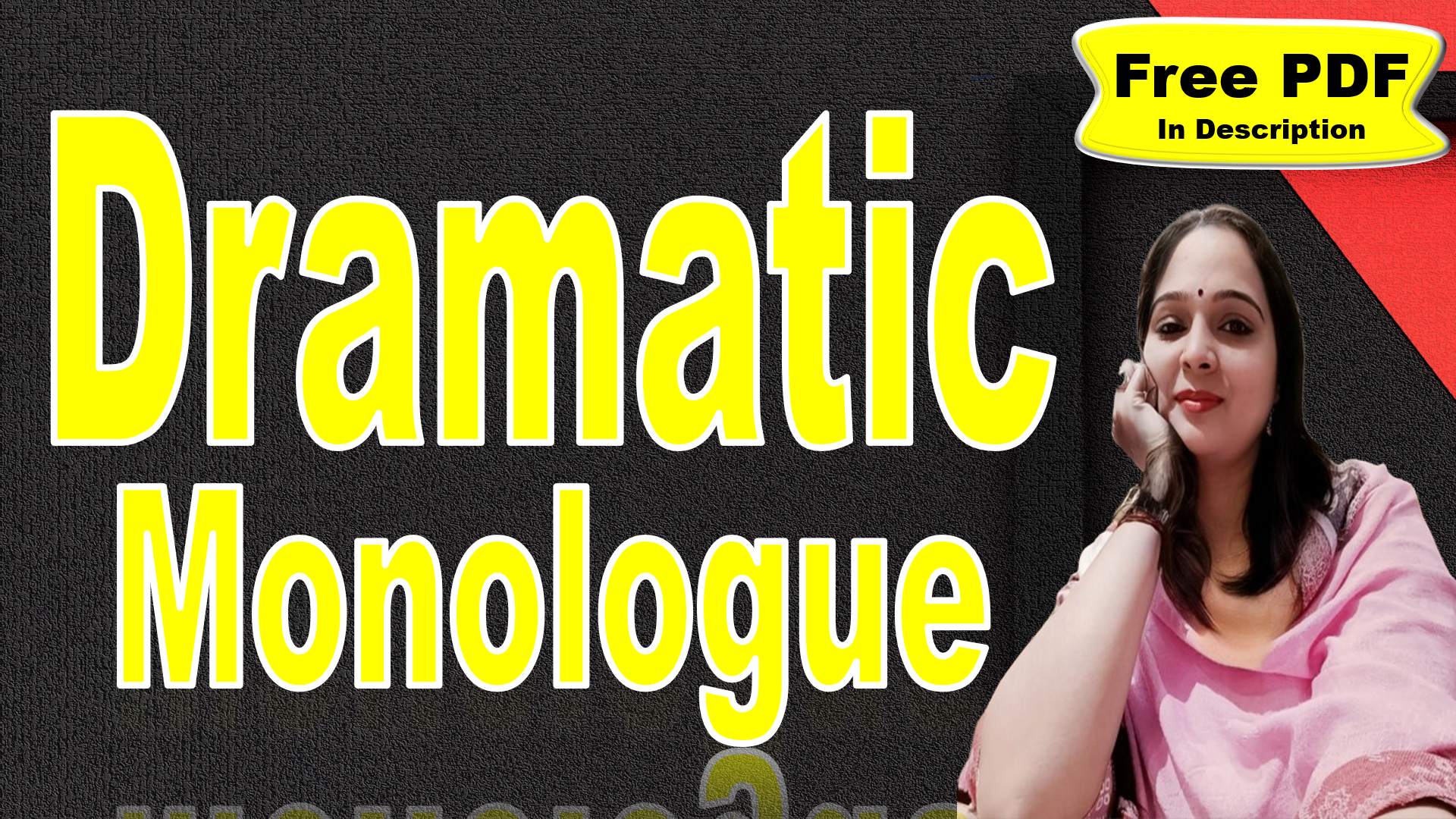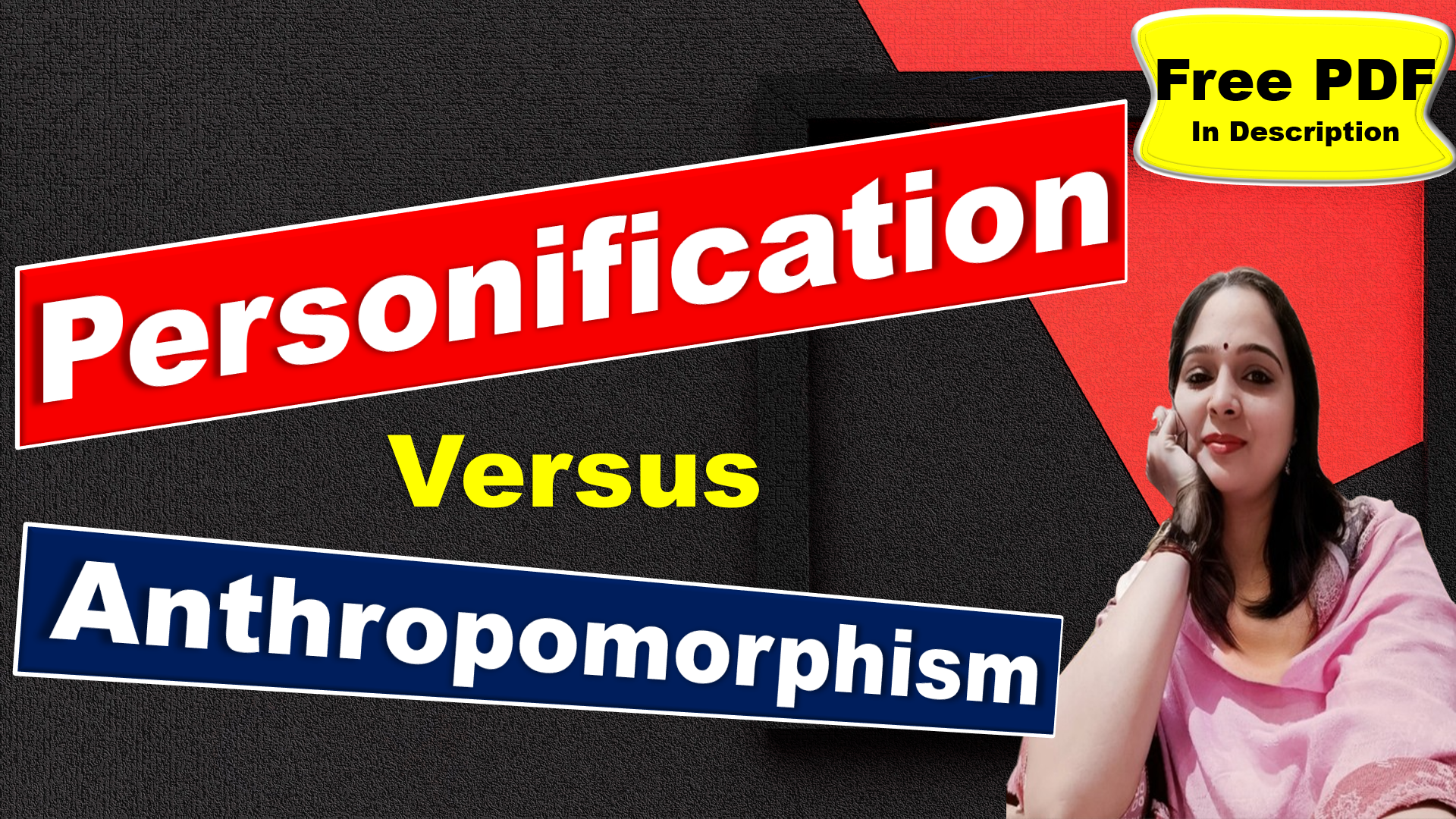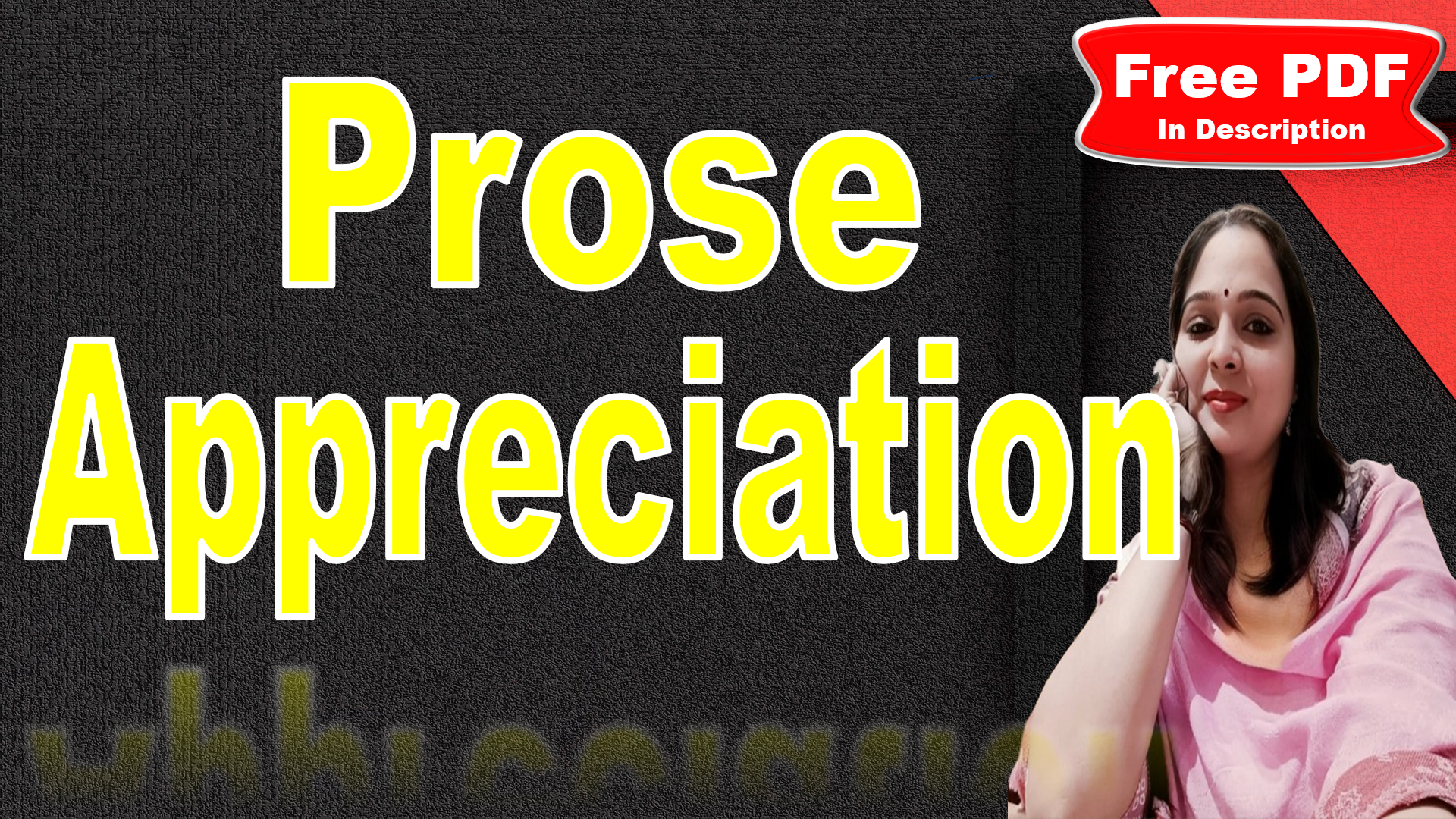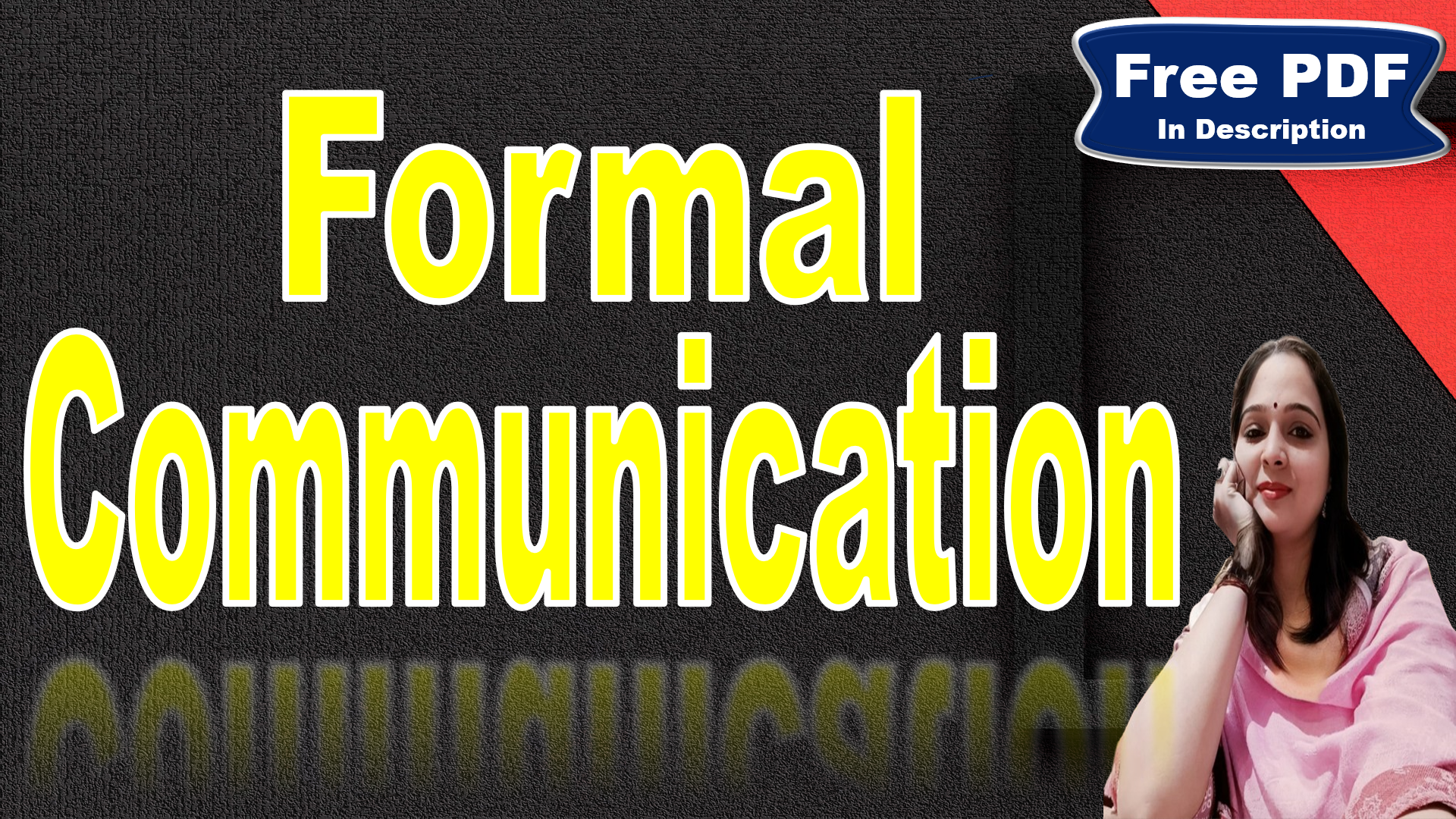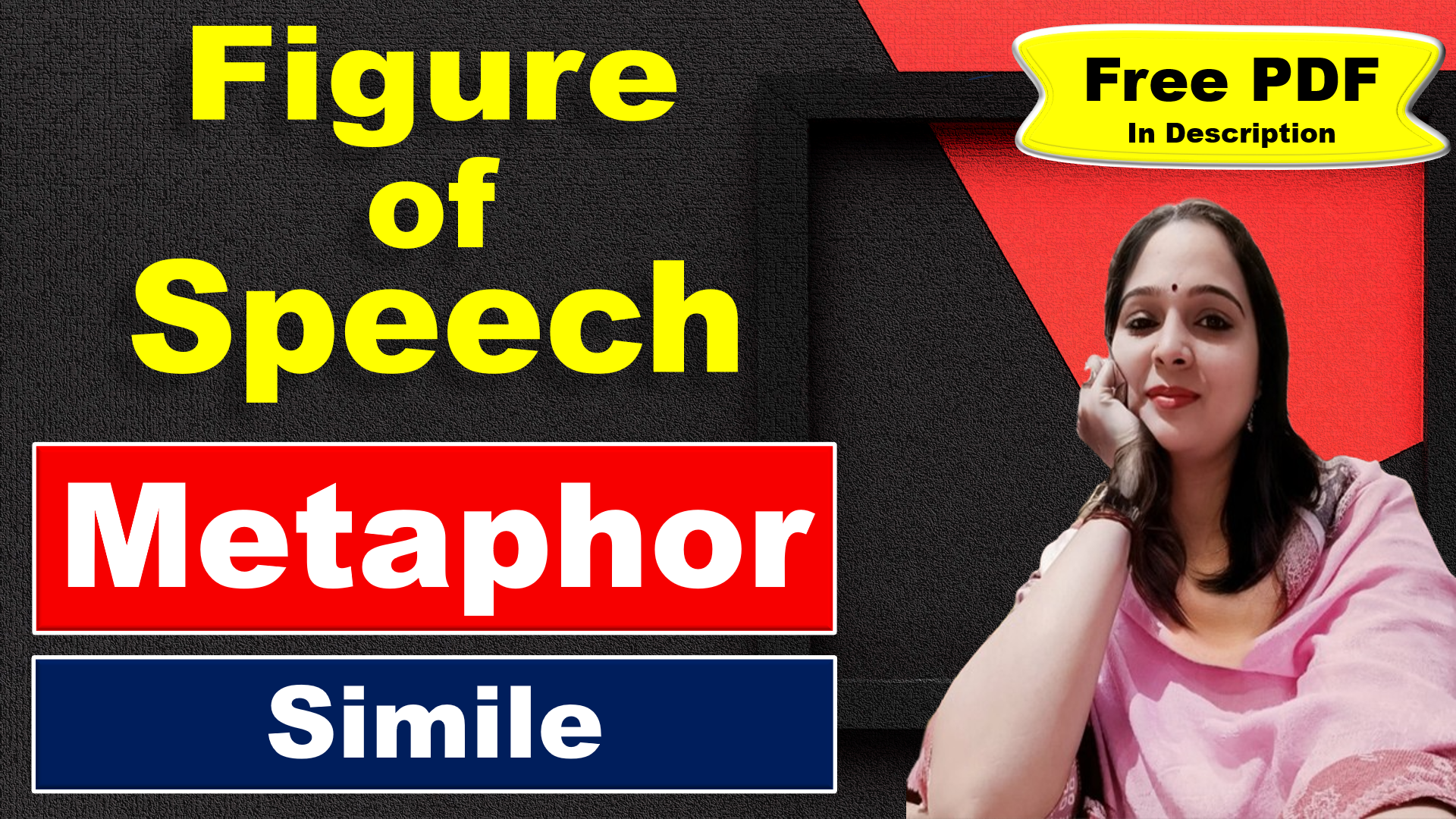
Detailed Analysis of Each Scheme
Parallelism
Definition: A scheme that uses the same grammatical structure for similar elements within sentence or set of sentences.
Function: Enhances readability and rhythm, and emphasizes the similarity or contrast between ideas.
Example: ” Don’t marry someone you can live with; marry someone you can’t live without.”
The parallel structure is evident in both clauses: “Don’t marry someone you can live with” and “marry someone you can’t live without.” Both clauses follow the same pattern, command (“marry” or “don’t marry”) followed by “someone you can/can’t live, and with/without.”
Antithesis
Definition: Antithesis is a rhetorical device that places contrasting ideas in parallel structures.
Function: It emphasizes the difference between ideas, often to make a point or create a balanced effect.
Example: “It was the best of times, it was the worst of times.”
The parallel structure of contrasting phrases underscores the complexity of the era being described.
Chiasmus
Definition: A scheme in which words or concepts are repeated in reverse order.
Function: Creates a memorable, artistic effect and can emphasize the reversal of situations or ideas.
Example: “Ask not what your country can do for you—ask what you can do for your country.”
The second half of this sentence is an inverted form of the first half, both grammatically and logically.
Anaphora
Definition: The repetition of a word or phrase at the beginning of successive clauses or sentences.
Function: Creates a rhythm and emphasizes the repeated element.
Example: “I have a dream that one day… I have a dream that my four little children… I have a dream that one day every valley…”
The repetition of “I have a dream” emphasizes the speaker’s vision and hope.
Epistrophe
Definition: The repetition of a word or phrase at the end of successive clauses or sentences.
Function: Creates a rhythmic effect and emphasizes the concluding word or phrase.
Example: “Government of the people, by the people, for the people.”
The repetition of “the people” underscores the democratic principles being discussed.
Epanalepsis
Definition: The repetition of a word or phrase at both the beginning and end of a clause or sentence.
Function: Creates emphasis by framing the sentence or clause with the repeated word.
Example: “The king is dead, long live the king.”
The repetition of “king” emphasizes the continuity of the monarchy.
Anadiplosis
Definition: The repetition of the last word of one clause or sentence at the beginning of the next.
Function: Creates a sense of progression and connection between ideas.
Example: “Fear leads to anger. Anger leads to hate. Hate leads to suffering.”
The repetition creates a chain of connected ideas, emphasizing the escalation of emotions.
Asyndeton
Definition: The omission of conjunctions between parts of a sentence.
Function: Speeds up the rhythm of the sentence and can create a sense of urgency or intensity.
Example: “I came, I saw, I conquered.”
The absence of conjunctions creates a rapid, emphatic effect.
Polysyndeton
Definition: The use of multiple conjunctions in close succession.
Function: Slows down the rhythm of the sentence and can create a sense of overwhelming or accumulation.
Example: “We have ships and men and money and stores.”
The repeated use of “and” emphasizes the abundance of resources.
Alliteration
Definition: The repetition of the initial consonant sounds in a series of words.
Function: Creates a musical quality and can enhance memorability and emphasis.
Example: “Peter Piper picked a peck of pickled peppers.”
The repetition of the “p” sound creates a playful, catchy effect.
Assonance
Definition: The repetition of vowel sounds within close proximity.
Function: Enhances the musical quality of language and can create mood or emphasize certain words.
Example: “The rain in Spain stays mainly in the plain.”
The repetition of the “a” sound creates a lyrical effect.
Consonance
Definition: Consonance is a literary device that refers to the repetition of the same consonant sounds in a line of text. The focus, in the use of consonance, is on the sound made by consonants and not necessarily the letters themselves. In addition, alike consonant sounds can appear at the beginning, middle, or end of words, and consonance is created when these words appear in quick succession.
Function: Adds to the musical quality and can create a sense of harmony or tension.
Example: “ Traffic figures, on July Fourth, to be tough.”
Consonance occurs when sounds, not letters, repeat. In the example above, the “f” sound is what matters, not the different letters (such as “ph”) used to produce that sound. Repeated consonant sounds can occur anywhere within the words—at the beginning, middle, or end, and in stressed or unstressed syllables.
Climax
Definition: The arrangement of words, phrases, or clauses in an order of increasing importance or impact.
Function: Builds intensity and leads to a powerful conclusion.
Example: “He risked truth, he risked honor, he risked fame, he risked all.”
The progression of risks emphasizes the ultimate sacrifice.
Antimetabole
Definition: A scheme in which words are repeated in reverse grammatical order in successive clauses.
Function: Creates a memorable, thought-provoking effect and highlights the relationship between the concepts.
Example: “You like it; it likes you.”
Explanation: The reversal of the word order emphasizes the mutual relationship.
Inversion (Anastrophe)
Definition: The reversal of the normal word order in a sentence or phrase.
Function: Draws attention to the inverted words and can create emphasis or a poetic effect.
Example: ” the soldier strong.”
“the soldier strong” is used instead of “the strong soldier”.
